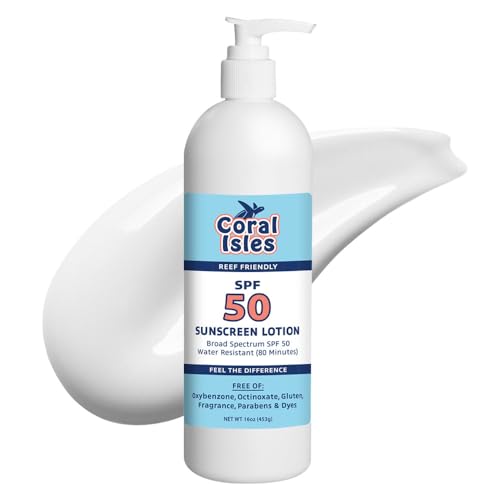in the case of the weak Vs strong binding, will EQ still be in play? ie some Pi trying to bind to the .25 sand as well as the water or will the stronger binder literally lock the Pi untill a stronger binder or chemical/biological effect cause release?
Willful, this is an intuitive but difficult question. I was hoping no one would ask. OK...both equilibrium (binding) constants have to be fullfilled. To calculate the actual concentrations requires 3 equations and 3 unknowns. For instance we know that in the two flask sytem:
Pi(water)+Pi(sub1)+Pi(sub2)=1.0
Pi(sub1)/Pi(water)=0.25 and
Pi(sub2)/Pi(water)=1000
we can re-arrange and substitute to give
Pi(w)+0.25*Pi(w)+1000*Pi(w)=1
Pi(w)(1+0.25+1000)=1 or
Pi(w)=1/(1001.25)=9.99x10-4=.000999
then pi(s1)=0.25*0.000999 and
pi(s2)=1000*0.000999
to summarize
Pi(water)=0.000999 gm
pi(sub1)=0.00024975
pi(sub2)=.99999
Now I've sactificed some rouding errors here but you can get the idea. Both EQ's are enforced (they have to be). Most of the Pi is in substrate 2 very little is in the water and a little more is in substrate 1 than is in the water. Also, this whole model is a little oversimplified because to be accurate I would have to use the concentration of Pi in the water, not the mass. However, the concept is the same and it just takes a confusing step out of the math.
One mistake people make, and this is what I'm really trying to get you all to understand, is that the system is not static or slow and the molecules are never stuck on the substrate for very long...even in the case of extremely large binding constants. Molecules move FAST!!! Problem is that each time the Pi molecules try to shoot off in any given direction, they bump into a water molecule like a billiard ball. This slows them from moving from one side of the tank to another very fast because there are like trillions of water molecules in there all moving even faster than Pi, but the molecule itself is really in high gear. In fact the whole system is moving incredibly fast. The molecules are exhanging with the surfaces of the substrates millions of times per second/molecule or more. Its just on average that the ratio is 0.25 or 1000 or whatever. If we perturb the system, it will swing to its new EQ point very rapidly in the case of molecules and without biology. To look at this system in total, and accounting for all the water getting in the way, within minutes I would estimate.




































































